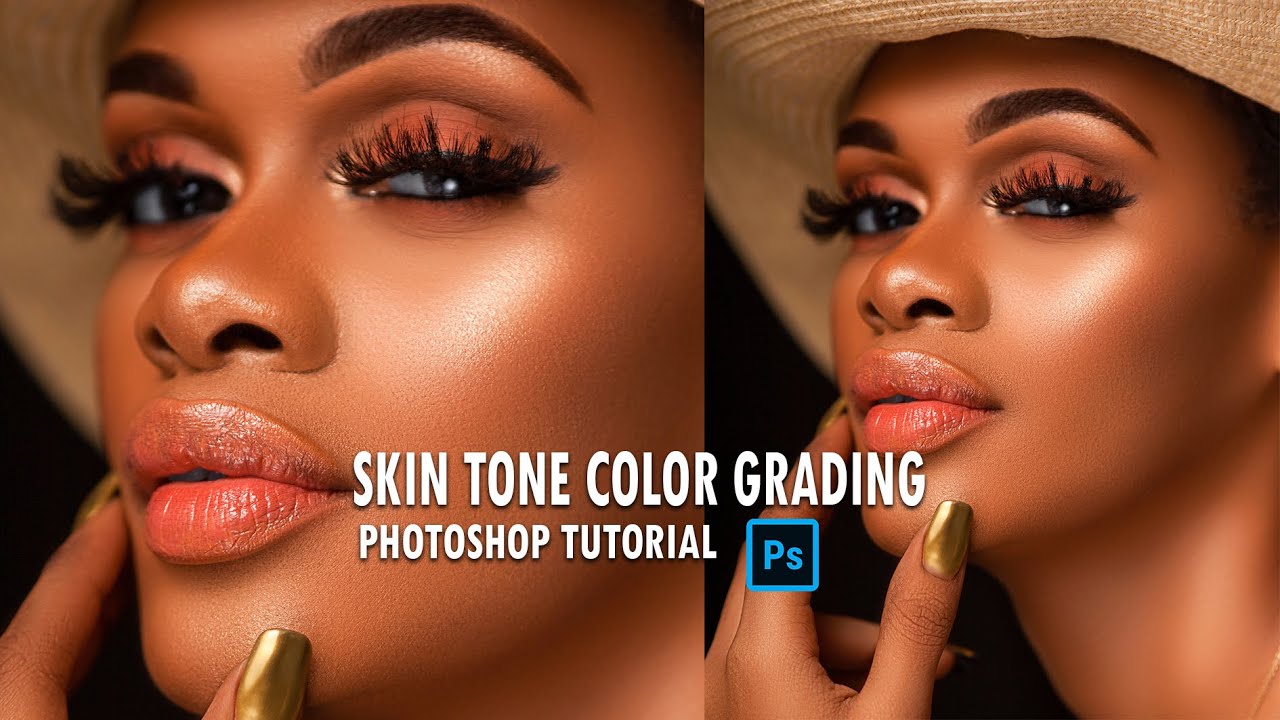Mastering Visual Alchemy: A Comprehensive Guide to Color Grading and Texturing a Photo in Photoshop

Introduction: In the realm of digital photography and visual storytelling, the transformative powers of color grading and texturing in Photoshop are akin to wielding a painter’s brush on a digital canvas. This comprehensive guide unravels the intricate processes of color grading and texturing, empowering photographers and digital artists to infuse their images with mood, atmosphere, and depth. From accentuating emotions through color manipulation to adding tactile richness with textures, this guide will navigate through the diverse techniques that will elevate your photos to the realm of visual masterpieces.
Section 1: Understanding the Art of Color Grading Before delving into the practical aspects, it’s essential to comprehend the essence of color grading. This section explores the psychology behind colors, the emotional impact they convey, and how strategic color grading can influence the narrative and mood of a photograph. Understand the role of color theory in guiding your creative choices and learn how to evoke specific emotions through intentional color manipulation.
Section 2: Navigating Photoshop’s Color Grading Tools Adobe Photoshop provides a robust set of tools for color grading, from adjustment layers to color balance and selective color adjustments. This section introduces these essential tools, guiding you through their functionalities and explaining how to leverage them to achieve precise and nuanced color grading. Explore the power of curves, levels, and hue/saturation adjustments for fine-tuning color tones.
Section 3: Creating a Color Grading Plan Effective color grading often begins with a well-thought-out plan. This section delves into the importance of pre-visualization and creating a color grading roadmap for your photo. Learn how to analyze the image, identify dominant colors, and envision the desired mood. Develop a systematic approach to implementing color grading that aligns with your creative vision.
Section 4: Advanced Techniques for Selective Color Manipulation Taking color grading to the next level involves mastering advanced techniques for selective color manipulation. This section explores methods like luminosity masks, color channels, and blending modes to precisely control and enhance specific colors in your photograph. Discover how to isolate and emphasize key elements, creating a visual hierarchy that guides the viewer’s attention.
Section 5: Adding Textures for Tactile Richness Textures are the secret sauce that adds depth and tactile richness to photographs. This section introduces the art of incorporating textures in Photoshop, whether to evoke a vintage feel, simulate film grain, or introduce organic elements. Learn how to source, create, and seamlessly integrate textures into your images, transforming them into multi-dimensional visual experiences.
Section 6: Leveraging Layer Blending Modes for Texturing Layer blending modes in Photoshop offer a playground for experimentation and creativity when texturing photos. This section guides you through the myriad blending modes and their effects on texture layers. Discover how to use blending modes strategically to achieve desired textures, whether it’s the subtle grain of a vintage photograph or the roughness of a distressed surface.
Section 7: Creating Custom Brushes for Texture Application Custom brushes provide a personalized touch to texture application, allowing you to paint with precision and control. This section explores the creation of custom brushes in Photoshop, tailored for specific texturing needs. Learn how to design brushes that mimic natural elements, like raindrops, dust particles, or scratches, enhancing the authenticity of your textured effects.
Section 8: Combining Color Grading and Texturing for Harmonious Results The synergy between color grading and texturing is where the magic happens. This section demonstrates how to harmoniously combine these two transformative techniques to create visually captivating images. Explore workflows that integrate color grading adjustments seamlessly with textured layers, ensuring a cohesive and immersive final result.
Section 9: Experimenting with Creative Color Grading Styles Beyond traditional color grading, photographers and artists can explore creative color grading styles that push the boundaries of conventional aesthetics. This section inspires experimentation with techniques like split toning, cross-processing, and duotone effects. Learn how to infuse your photos with unique color signatures that reflect your individual style and creative vision.
Section 10: Fine-Tuning and Refining the Visual Narrative Achieving perfection involves meticulous fine-tuning and refining. This section guides you through the process of stepping back, assessing your color grading and texturing choices, and making adjustments for optimal visual impact. Explore Photoshop’s adjustment layers, filters, and masks to polish your composition and ensure a harmonious visual narrative.
Section 11: Preserving Flexibility with Smart Objects and Smart Filters Maintaining flexibility in your workflow is crucial for adapting to evolving creative choices. This section introduces the concept of smart objects and smart filters in Photoshop, explaining how these features preserve the integrity of your original image and adjustments. Learn how to work non-destructively, allowing for easy revisions and experimentation throughout the creative process.
Section 12: Showcasing Your Masterpiece The final step in your journey is showcasing your color-graded and textured masterpiece. This section discusses various ways to present and share your images, from exporting high-quality files for digital platforms to preparing prints for physical displays. Learn techniques for maintaining visual integrity across different mediums and resolutions.
Conclusion: Color grading and texturing in Photoshop represent an alchemical process where the mundane transforms into the extraordinary. Through this comprehensive guide, you’ve gained insights into the intricate art of manipulating colors, evoking emotions, and adding tactile richness to your photographs. As you continue to explore the boundless possibilities within Adobe Photoshop, let your creativity soar, experiment with diverse styles, and transform your images into visual masterpieces that resonate with audiences on a profound level.







